SHAANXI PROVINCE, CHINA—According to a NextShark report, researchers from the University of the Chinese Academy of Sciences and the Shaanxi Academy of Archaeology have identified synthesized white lead in bronze containers discovered at the Liangdaicun site in northwestern China. The bronze containers were recovered from the tomb of an aristocrat in a cemetery dated to between 770 and 476 B.C. The scientists analyzed the white substance with Fourier-transform infrared spectroscopy (FTIR), X-ray powder diffraction (XRD), scanning electron microscopy-energy dispersive spectroscopy (SEM-EDS), and radioactive and stable carbon isotope analyses. The tests also revealed that the substance, which may have been used as a cosmetic, was precipitated out of a solution—a process distinct from the one used in Greece in the fourth century B.C. White lead synthesis is therefore likely to have developed independently in each place, the researchers explained. Read the original scholarly article about this research in Humanities & Social Sciences Communications. To read about 2,000-year-old bronze Buddha statues unearthed in central China, go to "Made in China."
White Lead Identified in 2,500-Year-Old Containers in China
News September 20, 2022
Recommended Articles
Top 10 Discoveries of the Decade January/February 2021
Neolithic City of Shimao
Shaanxi Province, China, 2011
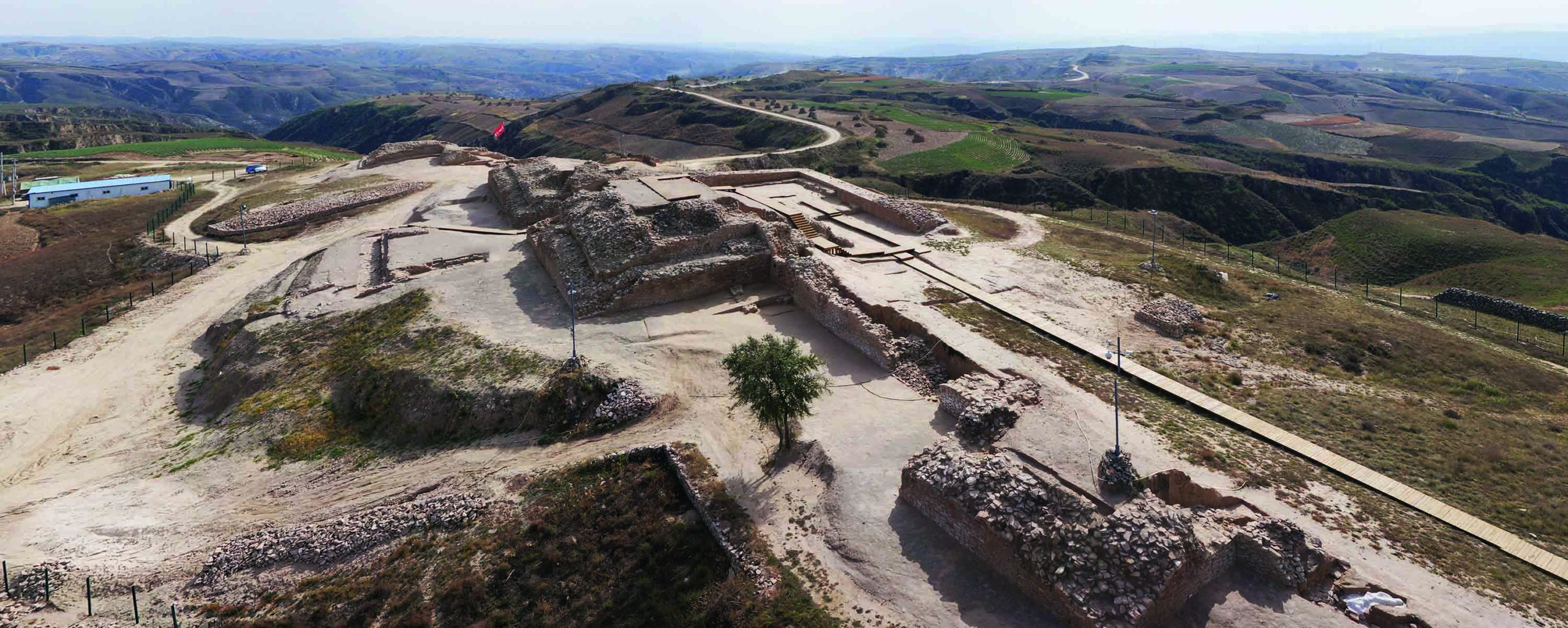
Digs & Discoveries September/October 2025
A Chinese Frontier Fort

Features September/October 2025
Myth of the Golden Dragon
Eclectic artifacts from tombs in northeastern China tell the story of a little-known dynasty

Features March/April 2025
Unearthing an Elusive Empire
Archaeologists have discovered rare evidence of an enlightened medieval dynasty that ruled much of Central Asia
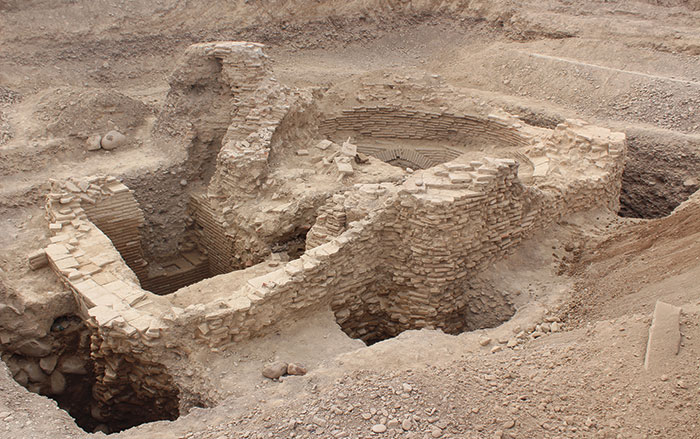
-
Features July/August 2022
The Philistine Age
Archaeologists are reconsidering the origins and history of a much-maligned ancient people
 (Glasshouse Images/Alamy Stock Photo)
(Glasshouse Images/Alamy Stock Photo) -
Letter from Georgia July/August 2022
Soaring With Stone Eagles
A complex of Native American rock mounds bears witness to the endurance of ancient traditions
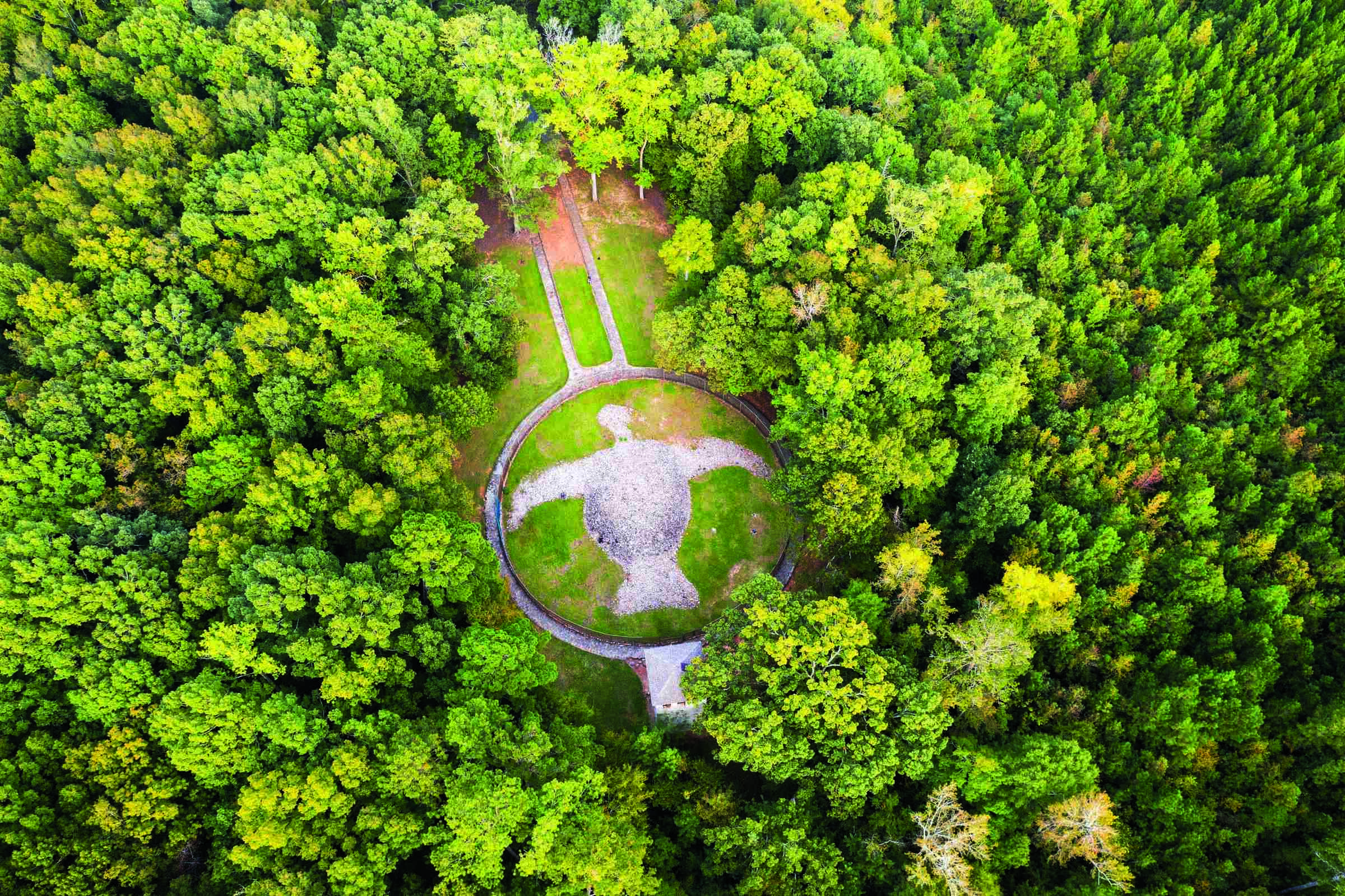
-
Artifacts July/August 2022
Nordic Ring Fragments
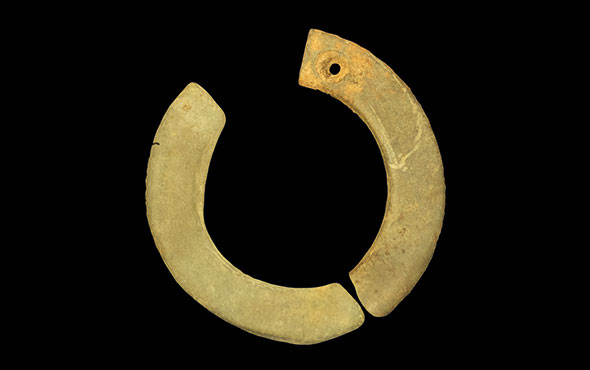 (Courtesy Marja Ahola)
(Courtesy Marja Ahola) -
Digs & Discoveries July/August 2022
Save the Dates
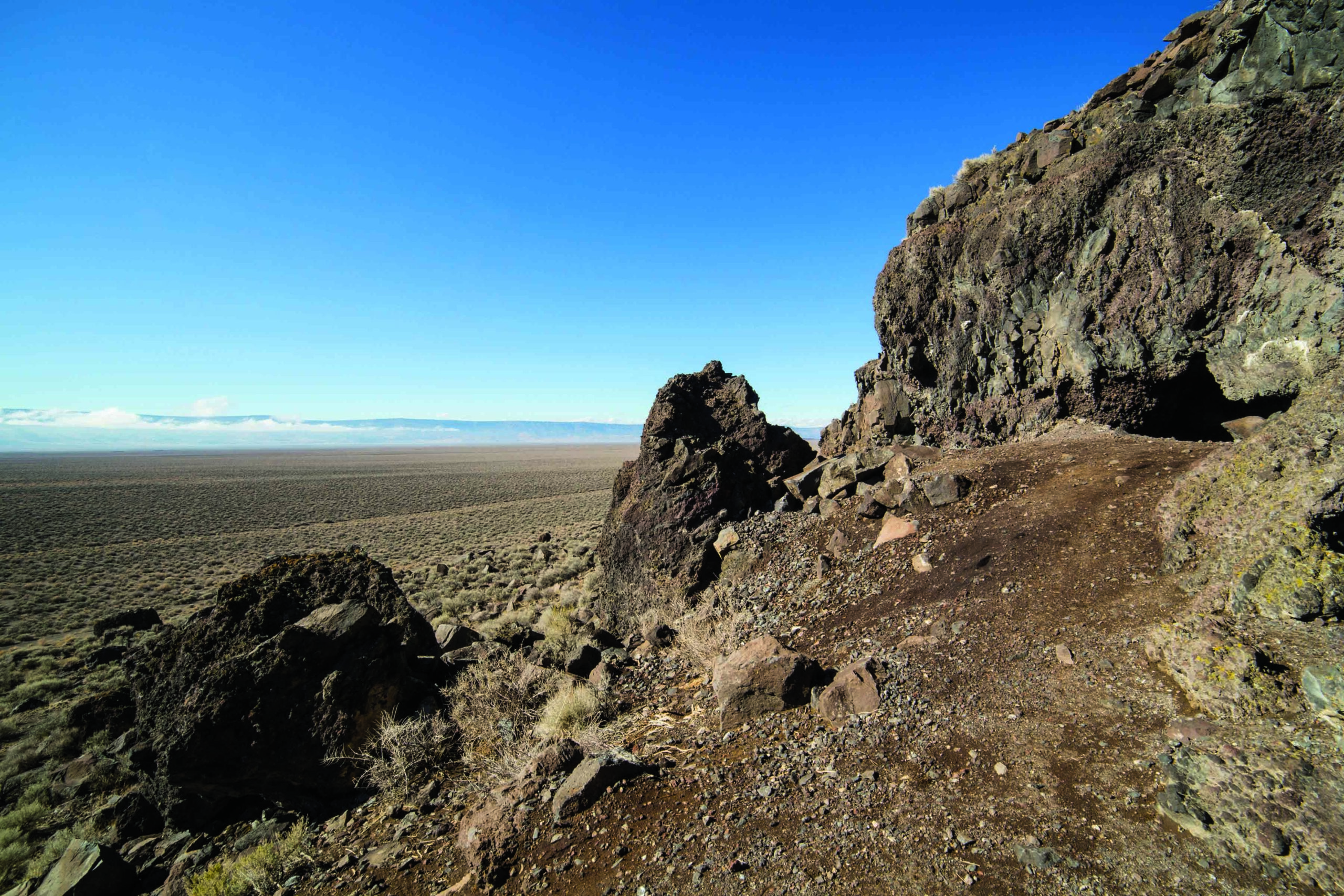 (Bridgeman Images)
(Bridgeman Images)



